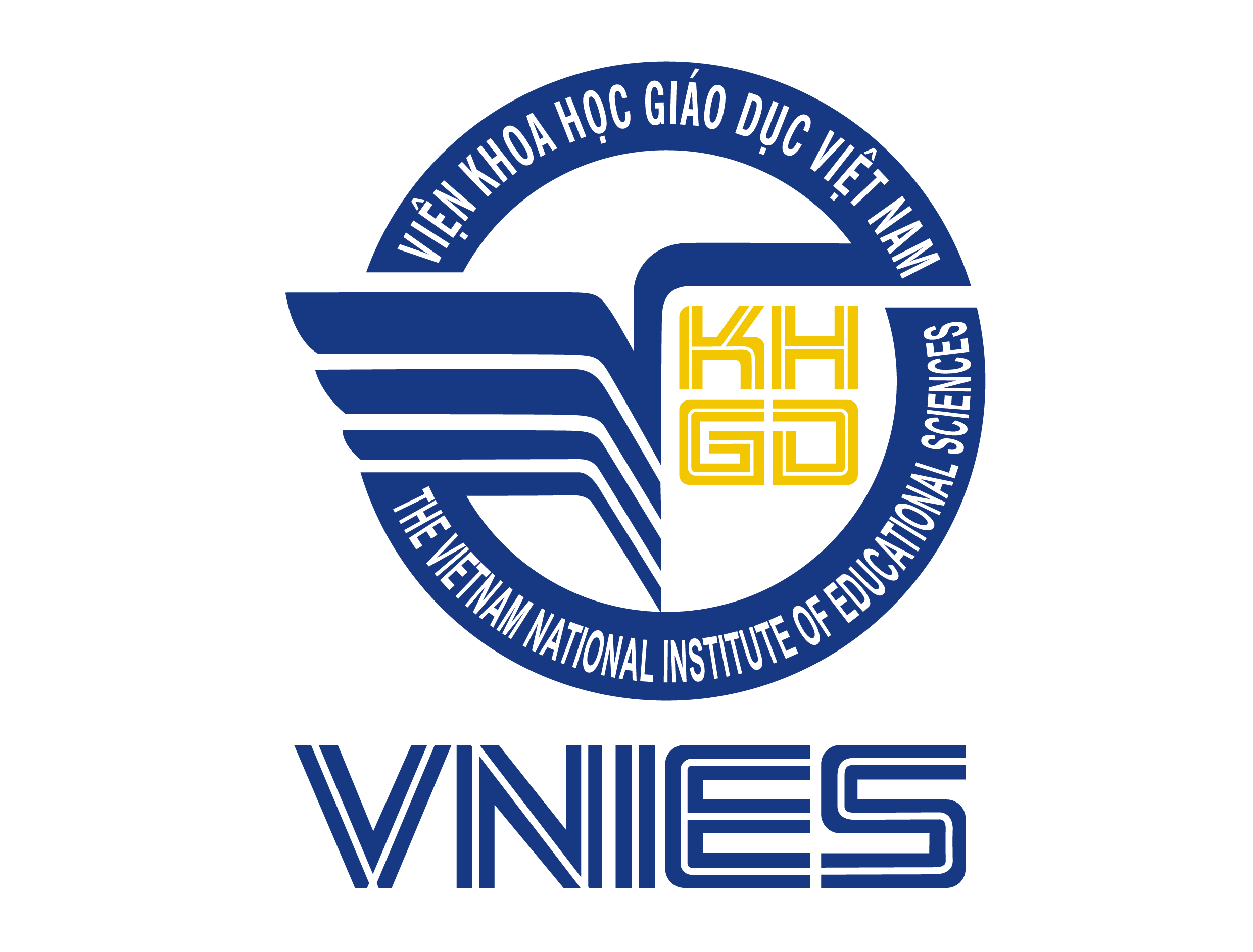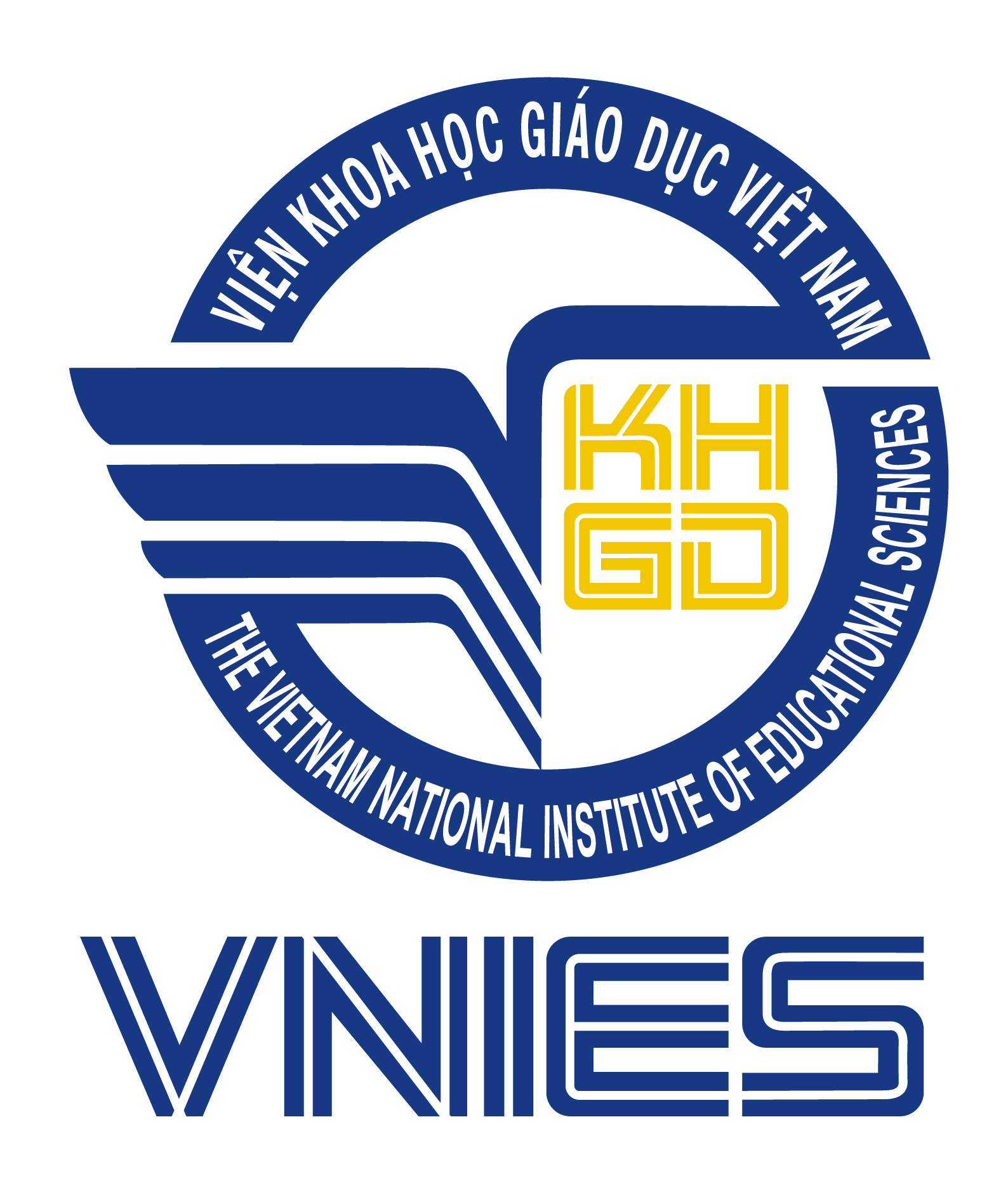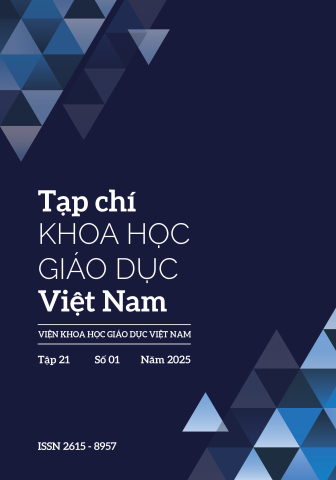[1] Agasisti, T., Catalano, G., & Sibiano, P. (2013). Can schools be autonomous in a centralised educational system? On formal and actual school autonomy in the Italian context. International Journal of Educational Management, 27(3), 292–310
[2] Anderson, L. (2005). Decentralization, autonomy and school improvement. In M. Coleman & P. Earley (Eds.), Leadership and management in education. Cultures, change and context. Oxford: Oxford University Press
[3] Ban Chấp hành Trung ương Đảng (1993). Nghị quyết số 04 - NQ/HNTW Hội nghị lần thứ tư Ban Chấp hành Trung ương Đảng (khoá VII) về Tiếp tục đổi mới sự nghiệp giáo dục và đào tạo
[4] Ban Chấp hành Trung ương Đảng (04/11/2013). Nghị quyết số 29-NQ/TW về Đổi mới căn bản, toàn diện giáo dục và đào tạo, đáp ứng yêu cầu công nghiệp hóa, hiện đại hóa trong điều kiện kinh tế thị trường định hướng xã hội chủ nghĩa và hội nhập quốc tế
[5] Cheng, Y. C., Ko, J., & Lee, T. T. H. (2016). School autonomy, leadership and learning: A reconcep tualisation. International Journal of Educational Management, 30(2), 177–196. https://doi. org/10.1108/IJEM-08-2015-0108
[6] Chính phủ (2006). Nghị định số 43/2006/NĐ-CP của Chính phủ quy định Quyền tự chủ, tự chịu trách nhiệm về thực hiện nhiệm vụ, tổ chức bộ máy, biên chế và tài chính đối với đơn vị sự nghiệp công lập
[7] Chính phủ (10/10/2016). Nghị quyết số: 89/NQ-CP
[8] Chính phủ (10/10/2016). Nghị quyết số: 89/NQ-CP. Chính phủ (16/01/2002). Nghị định số 10/2002/NĐ-CP về Chế độ tài chính áp dụng cho đơn vị sự nghiệp có thu
[9] Chính phủ (14/02/2015). Nghị định số 16/2015/NĐ-CP quy định Cơ chế tự chủ của đơn vị sự nghiệp công lập
[10] Chính phủ (21/6/2021). Nghị định số 60/2021/NĐ-CP quy định Cơ chế tự chủ của đơn vị sự nghiệp công lập.
[11] Cristi Iftene (2014). Educational systems’ autonomy. Facts and analysis. Procedia - Social and Behavioral Sciences. 142, 47 – 53
[12] Fuchs, T., & Woessmann, L. (2007). What accounts for international differences in student performance? A re-examination using PISA data. Empirical Economics, 32, 433–464. https://doi.org/10.1007/ s00181-006-0087-0.
[13] Gawlik, M. A. (2008). Breaking loose. Principal autonomy in charter and public schools. Educational Policy, 22(6), 783–804
[14] Helgøy, I., Homme, A., & Gewirtz, S. (2007). Local autonomy or state control? Exploring the effects of new forms of regulation in education. European Educational Research Journal, 6(3), 198–202.
[15] Honig, M. I., & Rainey, L. R. (2012). Autonomy and school improvement: What do we know and where do we go from here? Educational Policy, 26(3), 465–495. https://doi.org/10.1177/0895904811 417590
[16] Hurst Hannum and Richard B. Lillich (1980). The American Journal of International Law, Vol. 74, No. 4, pp. 858-889.
[17] Levacic, R. (2002). Efficiency, equity and autonomy. In T. Bush & L. Bell (Eds.), The principles and practice of educational management. London, England: Paul Chapman Publishing
[18] Nguyễn Thị Hồng Vân (2022). Báo cáo tổng kết nhiệm vụ nghiên cứu cấp Bộ: “Nghiên cứu cơ sở khoa học, thực tiễn để đề xuất thí điểm tự chủ tại một số cơ sở giáo dục mầm non, phổ thông”, mã số: B2020- VKG-01 NV.
[19] OECD. (2012). Education at a glance 2012: OECD indicators. OECD Publishing
[20] Quốc hội (18/6/2012). Luật Giáo dục Đại học, Luật số: 08/2012/QH13.
[21] Quốc hội (18/6/2013). Luật Khoa học Công nghệ. Luật số: 29/2013/QH13.
[22] Quốc hội (28/11/2014). Nghị quyết số 88/2014/QH13 về Đổi mới Chương trình, Sách giáo khoa phổ thông
[23] Quốc hội (14/6/2019). Luật Giáo dục, Luật số 43/2019/ QH14
[24] Smith, J. (2018). Curriculum Design in the Age of Autonomy. Modern Education Review.University Press, New York
[25] Woessmann, L., Luedemann, E., Schuetz, G., & West, M. R. (2009). School accountability, autonomy and choice around the world. Northampton, MA: Edward Elgar


